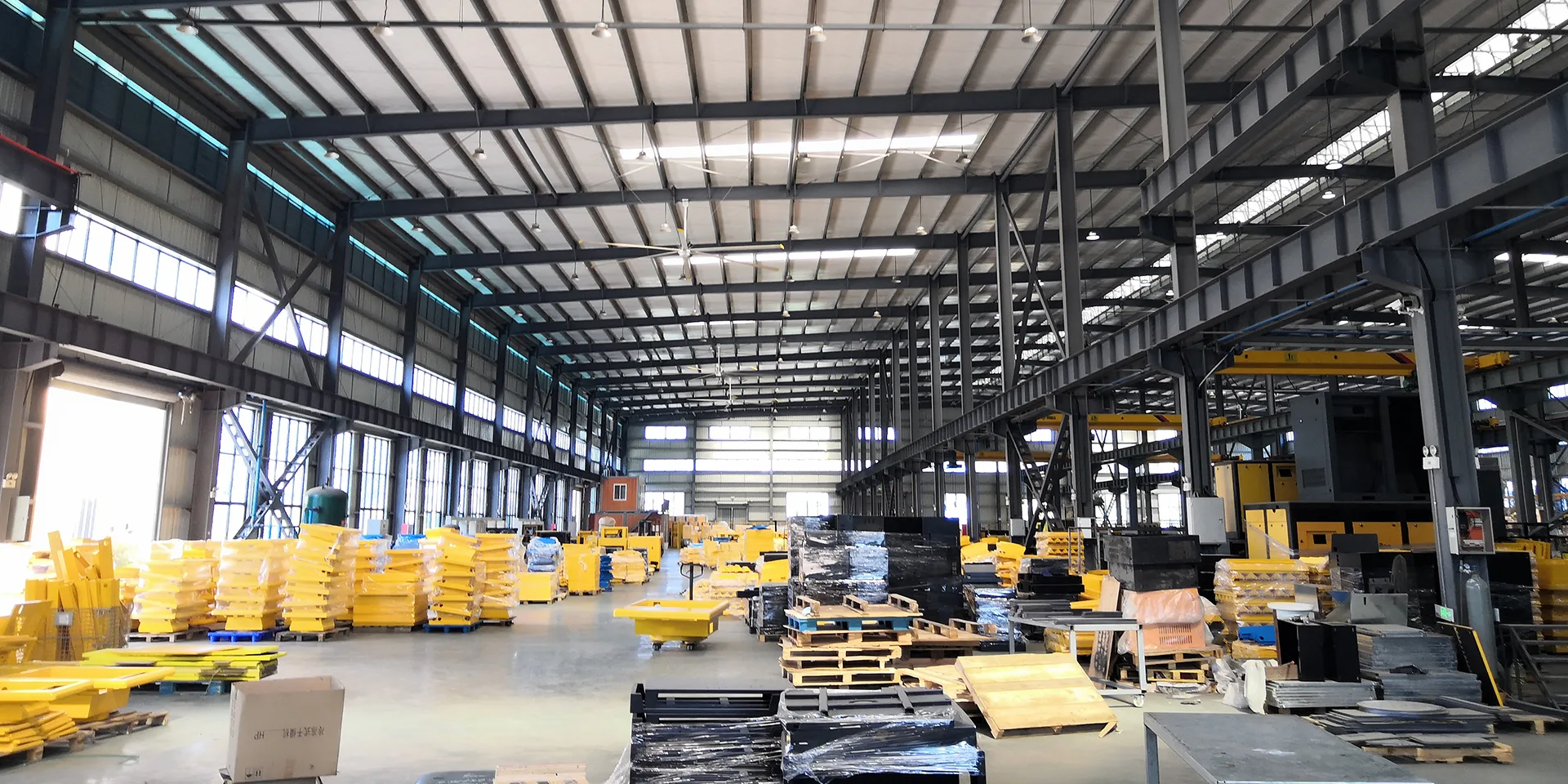News
2023-08-03
Common faults and maintenance methods of compressor
01 Main Faults and Cause Analysis of Compressor
1. Stuck (stuck): The compressor does not move and makes a "buzzing" sound:
Foreign matter enters, crankshaft, piston, cylinder and other moving parts are stuck;
Pressure imbalance on the high and low pressure sides;
Burning loss of motor;
Low voltage;
The compressor is short of oil or overloaded, and the mechanical parts are severely worn;
Oil deterioration, severe grinding of mechanical parts;
During low temperature heating, the compressor temperature is too low;
Damage or attenuation of compressor capacitance;
Poor clearance between stator and rotor.
2. The compressor can act, but the exhaust pressure is low:
Compressor suction liquid;
Condenser fault;
Protector action;
The pipe resistance is large.
3. The compressor can operate, but it stops due to the gradual increase of current:
Protector action;
Inspiratory pressure is too high;
The mechanical part of the compressor is damaged;
4. Compressor overcurrent:
Fault of both devices;
The refrigeration system is blocked;
Overload operation (refrigerant quantity and voltage);
Fan motor speed (capacitance attenuation, fan failure);
Frequency conversion machine should pay special attention to the fault of electric control.
Three cameras are running without phase, and the winding is burned.
When using an external overload protector, use a multimeter to measure whether the overload protector is on. If it is normal, it is on.
5, the noise is big:
When the compressor starts, within 3 to 5 minutes, due to the instability of the system, there will be a loud sound phenomenon;
Pipe vibration sound, motor and wind blade sound, sheet metal resonance sound;
When air is mixed in the system, there will be airflow sound;
When there are impurities or copper chips in the system, the sound of metal hitting the valve plate will occur;
Poor clearance between stator and rotor;
Lack of refrigeration oil;
Liquid refrigerant enters the compressor to produce hydraulic contraction;
6. The valve plate is broken (no suction and exhaust capacity, high and low pressure gas flow):
Large clearance and stuck valve plate (rotor type);
Crankshaft is broken without rotation;
Broken spring;
Oil shortage of compressor and excessive wear of valve plate;
Foreign matter enters the compressor cylinder;
Four-way valve blow;
Lack of refrigerant;
Three-phase power supply, reverse phase of power supply will cause compressor reverse;
Excessive water content may cause ice blockage.
7. Large winding current:
Whether other parts of the system (mainly motor and electric control) work normally;
Stator burning loss (coil short circuit, overload, phase loss operation, refrigerant leakage);
Excessive refrigerant charge will cause high power;
Whether the system may be blocked, resulting in high pressure is too high, low pressure is too low;
Whether the capacitance is normal;
The ambient temperature is too high;
02 Steps and points for attention to replace the compressor
1. Refrigerant discharge: Pay attention to the ventilation of the working environment. The refrigerant discharge speed should not be too fast to avoid frostbite by the refrigerant. The refrigerant discharge speed should not be too fast to prevent the refrigerating machine oil in the compressor from being discharged with the refrigerant. Once the compressor is in good condition after subsequent inspection, the lack of refrigerating oil will affect the normal use. Pay attention to the color of the sprayed refrigerant. If the sprayed refrigerant is white or colorless, the internal cleanliness of the system is higher. The compressor may not be damaged. Be careful!
2. Remove the suction and exhaust pipes: nitrogen filling operation to avoid oxide scale inside the system, and pay attention to whether there are impurities and foreign bodies on the inner wall of the copper pipe.
3. No-load operation: Before the old compressor is removed, ensure that the operation time does not exceed 5 seconds under the condition that the nozzles of the suction and exhaust pipes are open. [This article comes from the Public Number of Refrigeration Encyclopedia] to judge whether the compressor monomer is blocked and whether there is suction and exhaust. Test whether the compressor has suction and exhaust can be felt by approaching the exhaust port with fingers. Old compressors with poor insulation and withstand voltage and large operating current may leak electricity and cannot be tested in this way.
4. Remove and dispose of the old compressor: the suction and exhaust ports of the old compressor must be sealed within 15 minutes; the code of the old compressor and the barcode of the machine must be clear;
5, cleaning system: the cleaning fluid requires high soluble oil, easy to volatilize, recommend to use R11; must ensure that the welding nozzle clean.
6. Change to a new compressor: In principle, the original model and brand compressor are required to be used. If it cannot be met, the capacity of the new compressor must be consistent with that of the old compressor. Scroll compressor and rotor compressor cannot be interchanged; Single-phase compressor and three-phase compressor cannot be interchanged; The rubber plug of the compressor must be pulled out of the exhaust pipe before the suction pipe. The maintenance process must ensure that the lubricating oil cannot contact the rubber foot of the compressor, so as to avoid deterioration.
7. Welding of new compressor: nitrogen must be filled for welding and nitrogen must be ensured to reach the welding position; Preheating to the copper tube becomes pink is appropriate; The welding rod must be melted by the temperature of the copper tube, not directly by the flame.
We are always committed to providing energy-saving, efficient and high-quality products and services for the majority of users, synchronized with the world's advanced air compression technology, to provide continuous power for your enterprise.
Related News
Always adhere to the "quality of survival, innovation and development, customer satisfaction as the goal" business philosophy, to provide customers with high-quality mechanical and electrical products.
Quanzhou Zhongli Machine & Electric Co., Ltd.
After-sales service:
Address: No. 99 Pan Cuo, Hechi Town, Luojiang District, Quanzhou City, Fujian Province
Mailbox: sales5@zljdcn.com Jayden
Mailbox: sales7@zljdcn.com Echo
Mailbox: sales8@zljdcn.com Sini
Website: www.zljdcn.com






